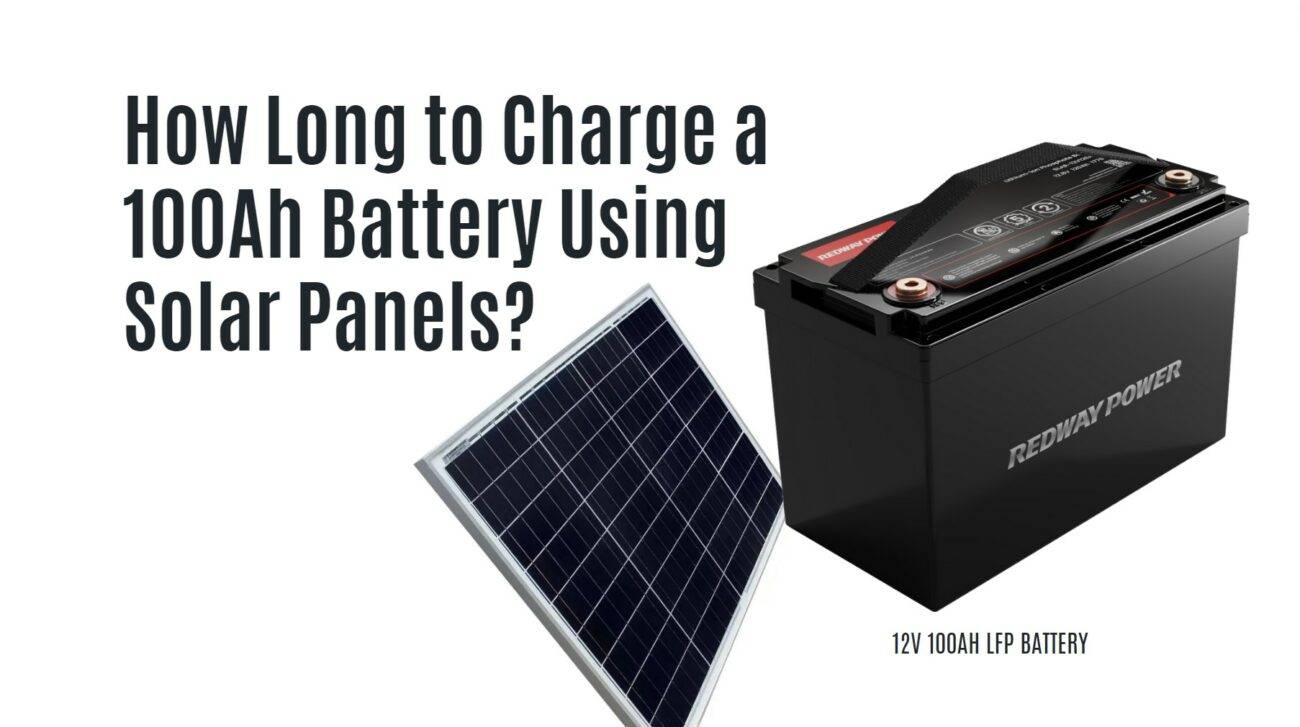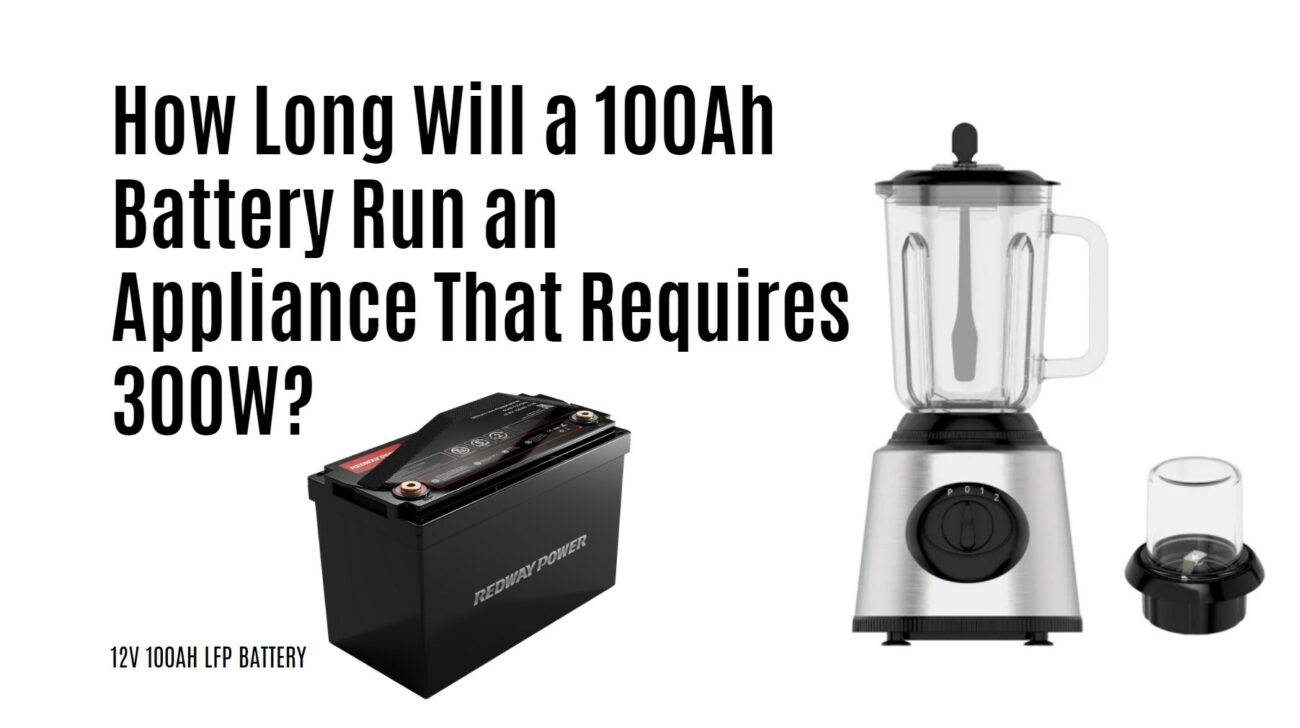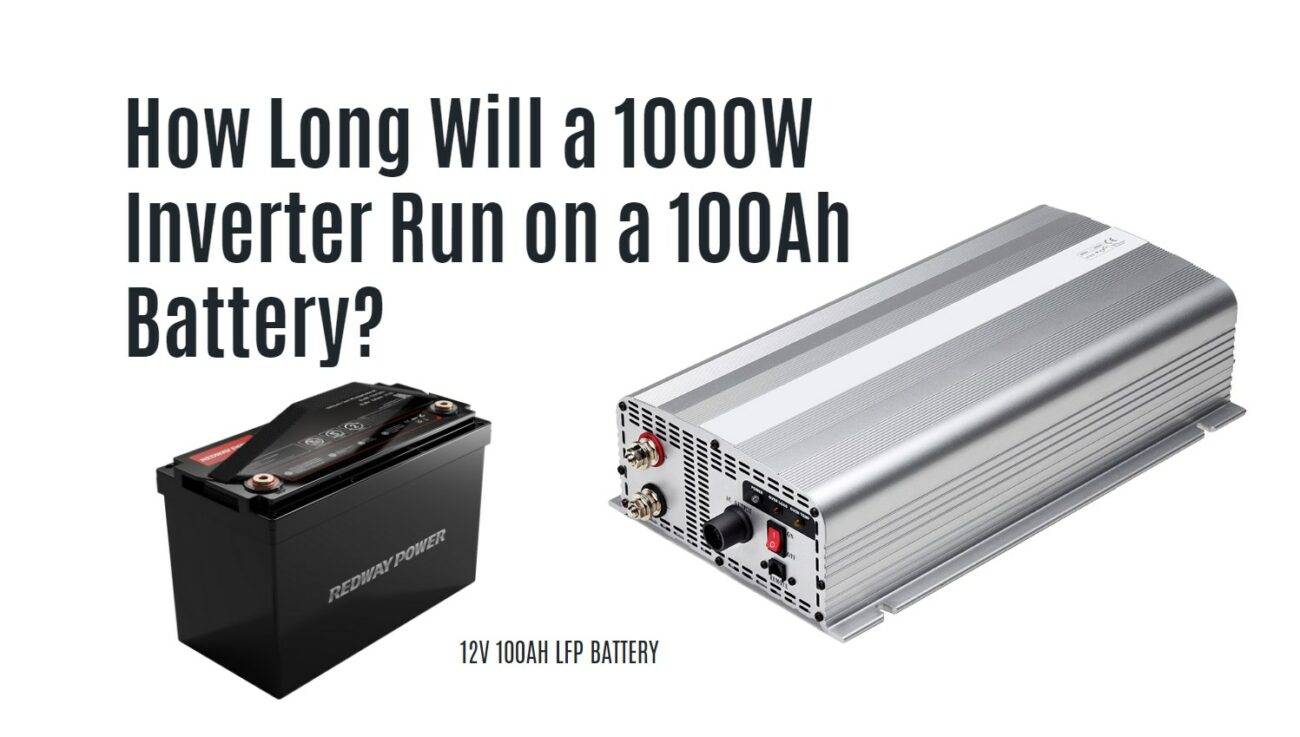To charge a 12V 100Ah lithium battery from 100% depth of drain in 5 peak sun hours, approximately 310 watts of solar panels and an MPPT charge controller are required. With a PWM charge controller, about 380 watts of solar panels are needed to fully charge the same battery in five peak sun hours.
Calculating Solar Panel Requirements
Learn how to determine the number of solar panels needed to charge a 100Ah battery and understand the role of charge controllers in the process.
- Battery Type: Consider the type of battery, such as lithium or lead-acid, as it affects the charging requirements.
- Solar Panel Wattage: Calculate the total wattage required based on the battery’s capacity, charging time, and efficiency losses.
- Charge Controller: Determine the appropriate charge controller type, such as MPPT or PWM, based on the battery’s voltage and charging characteristics.
- Efficiency Considerations: Account for efficiency losses in the charging process, which can vary based on factors like temperature and wiring.
Factors Affecting Solar Panel Requirements
Explore the key factors that influence the number of solar panels needed to charge a 100Ah battery effectively.
- Battery Capacity: The capacity of the battery, such as 100Ah, determines the amount of energy that needs to be replenished.
- Depth of Discharge: Consider the depth to which the battery is discharged, as deeper discharges require more energy to recharge.
- Peak Sun Hours: Evaluate the average number of peak sun hours in your location to estimate the solar panel wattage required.
- Charge Controller Efficiency: Different charge controllers have varying efficiencies, affecting the overall charging process.
Choosing the Right Solar Panel Setup
Discover how to select the appropriate solar panel setup based on your power needs and charging requirements.

- Power Needs: Assess the power requirements of your RV or off-grid system to determine the total wattage needed.
- Budget Considerations: Balance the cost of solar panels and charge controllers with your budget and long-term energy savings.
- Space and Installation: Evaluate the available space for solar panels and consider the ease of installation for different setups.
- Consultation and Research: Seek advice from solar experts and conduct thorough research to make an informed decision.
FAQs
- Can I use a higher wattage solar panel for faster charging?
- Using a higher wattage solar panel can potentially charge the battery faster, but it is crucial to ensure compatibility with the charge controller and avoid overcharging the battery.
- What is the difference between MPPT and PWM charge controllers?
- MPPT (Maximum Power Point Tracking) charge controllers are more efficient and can harvest more energy from solar panels compared to PWM (Pulse Width Modulation) charge controllers. MPPT controllers are generally recommended for larger solar setups.
- Can I use solar panels to charge my RV battery while driving?
- Yes, solar panels can be used to charge an RV battery while driving. However, it is essential to ensure proper installation and wiring to maintain safety and efficiency.













